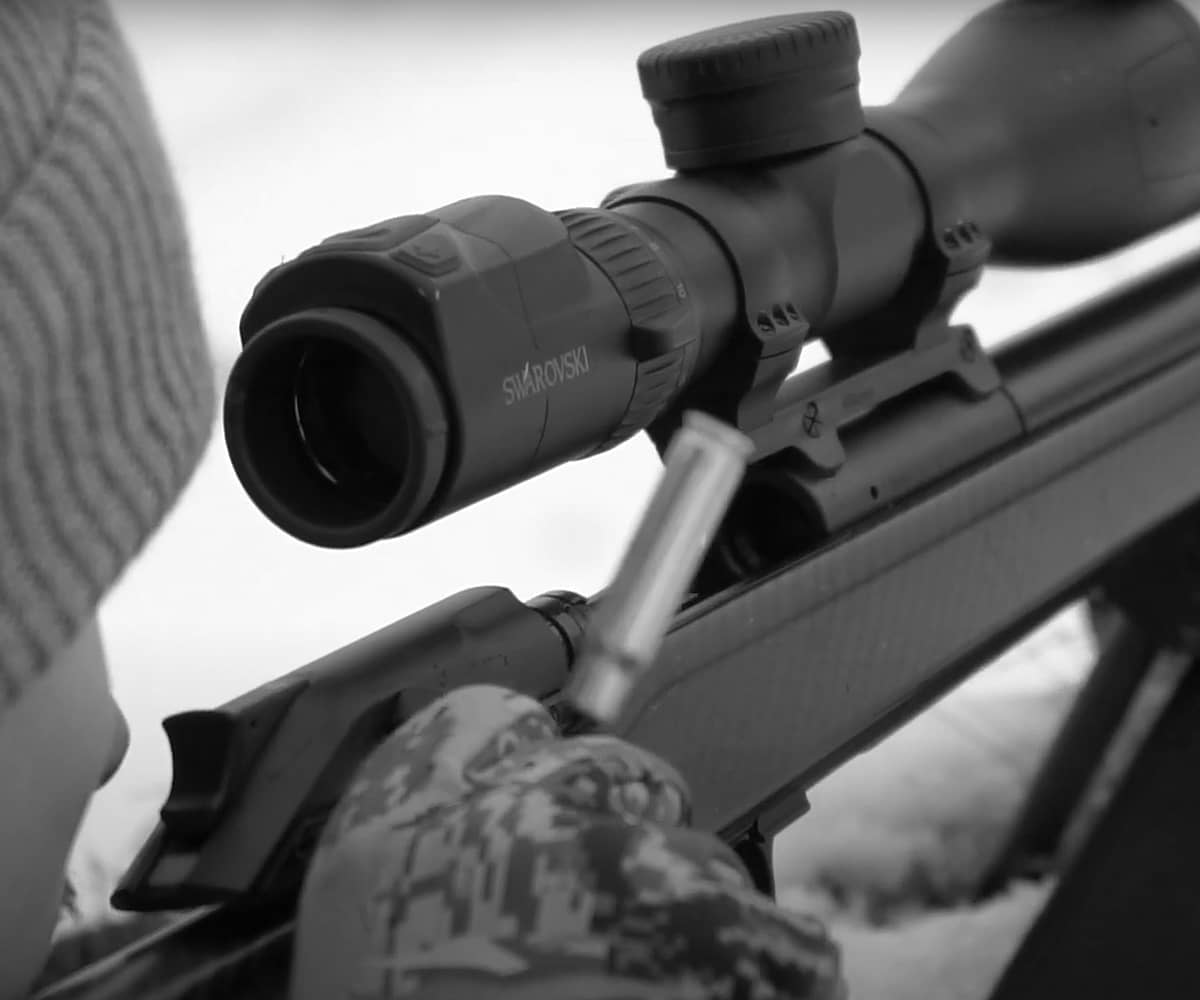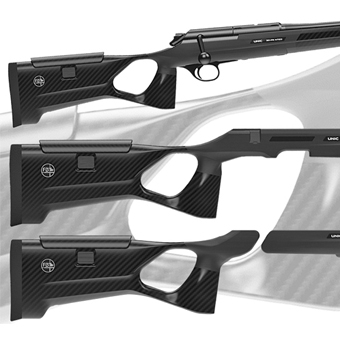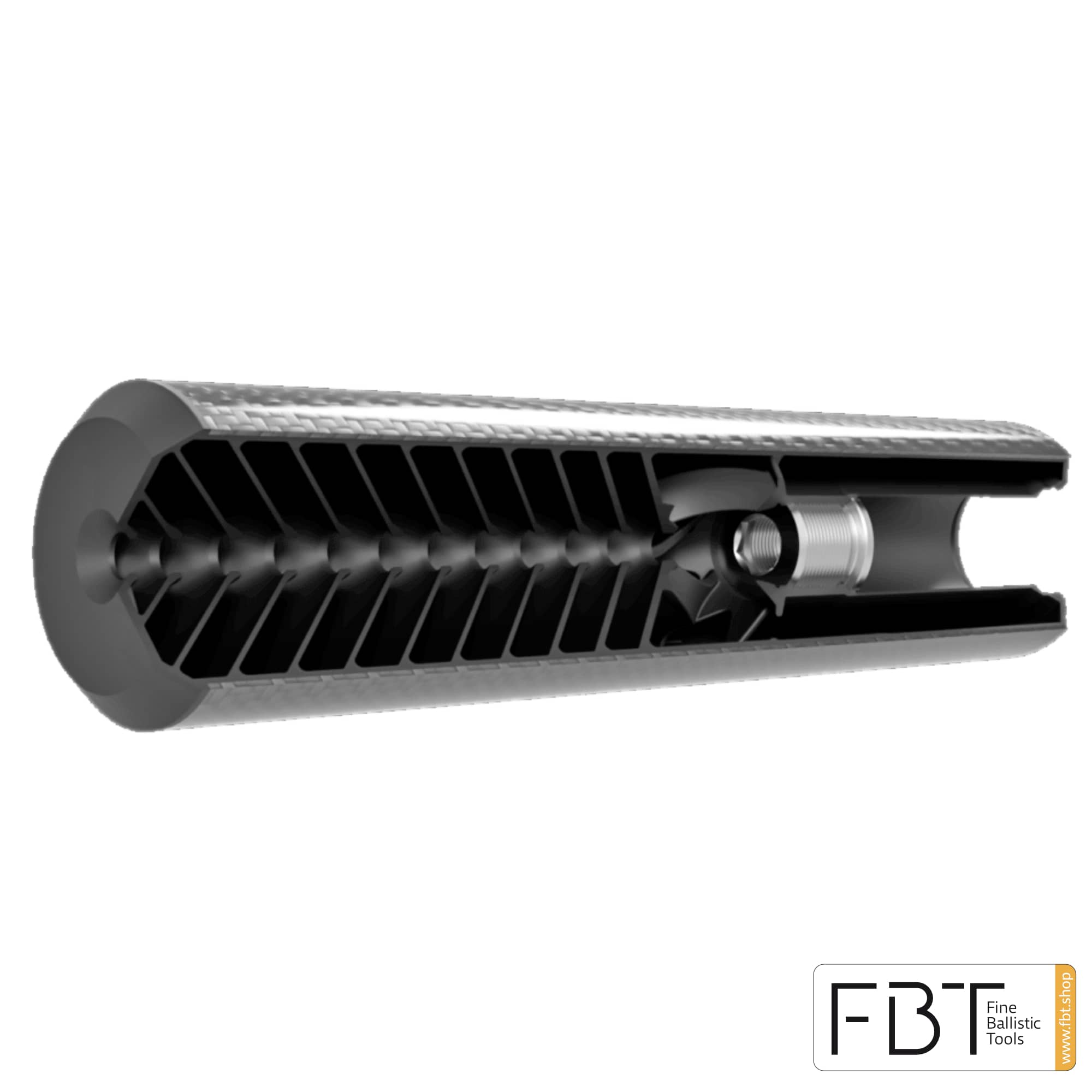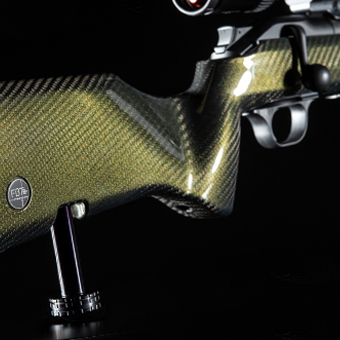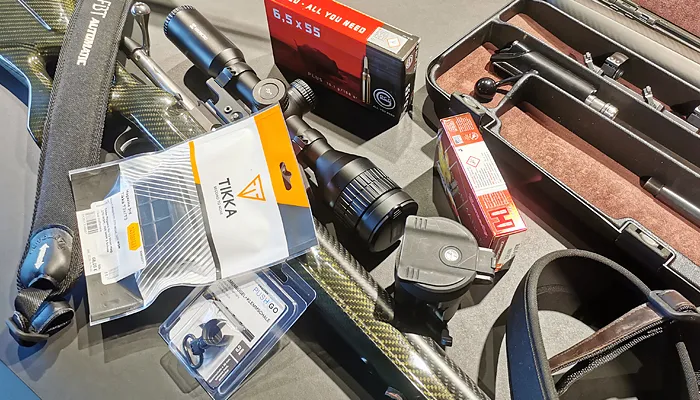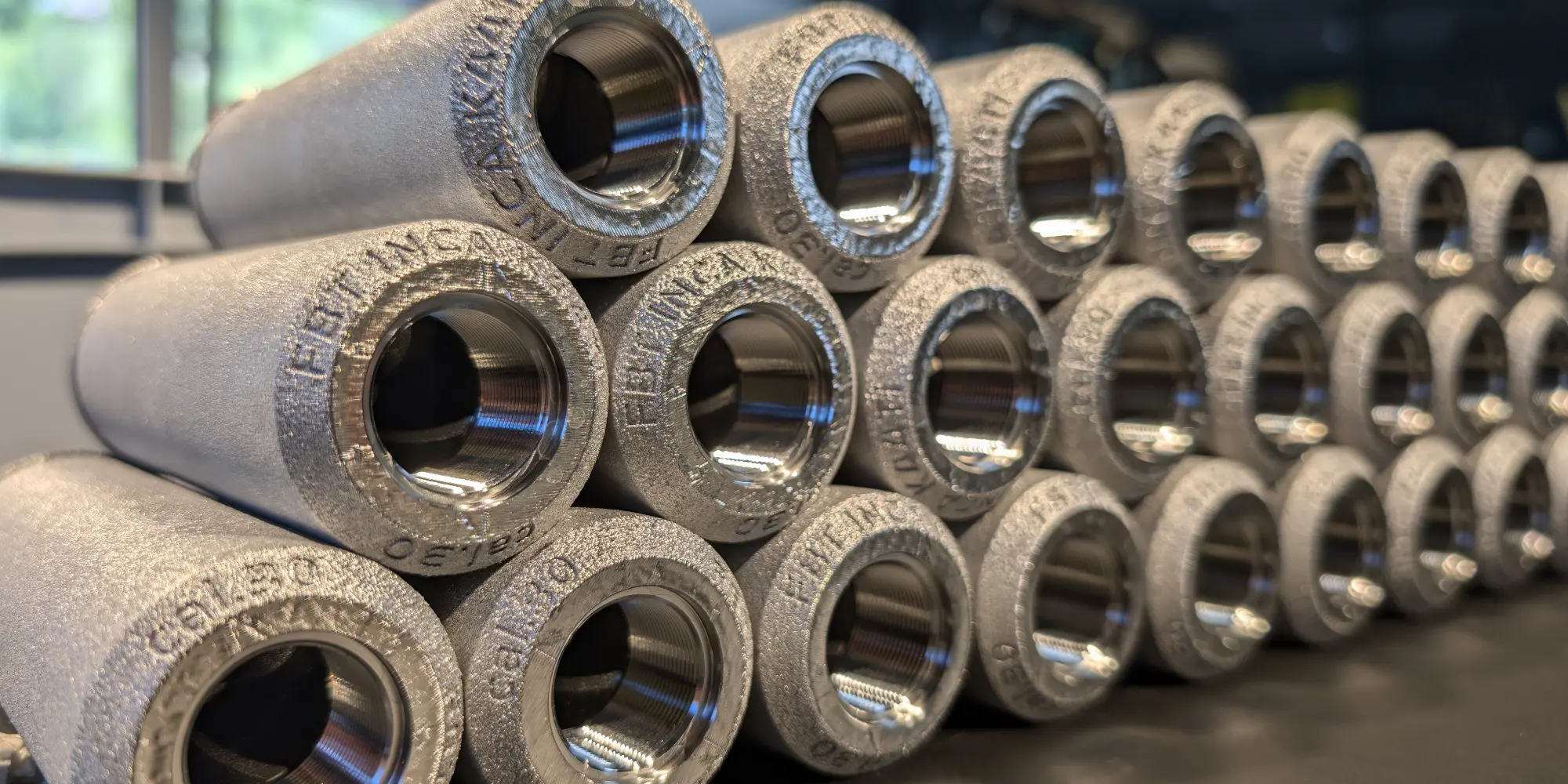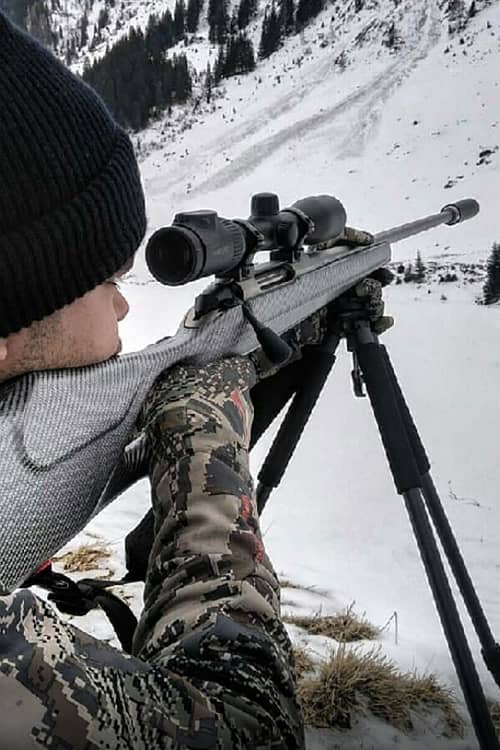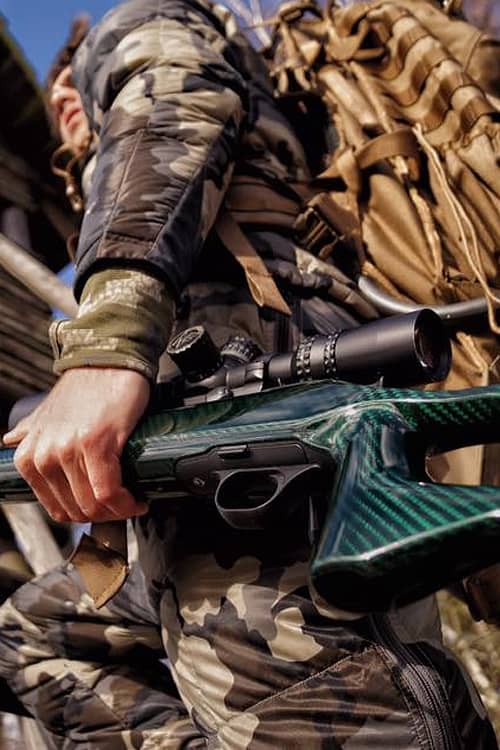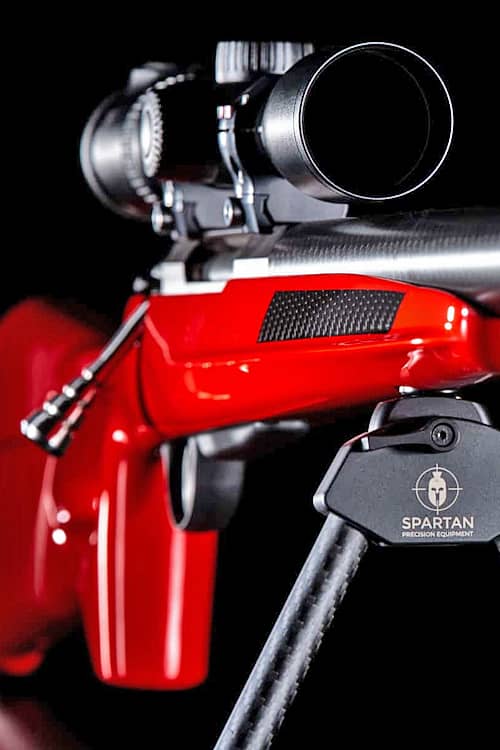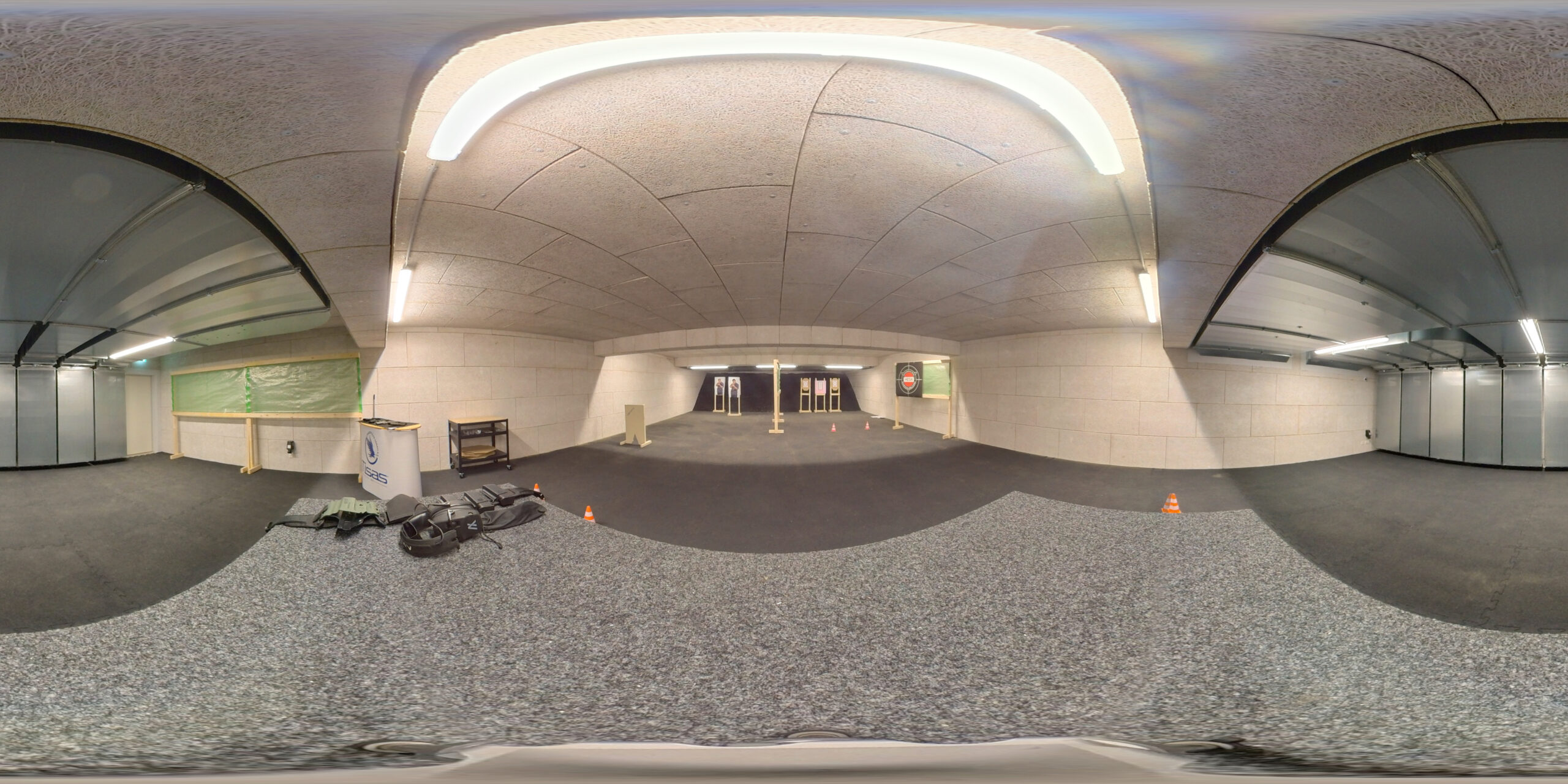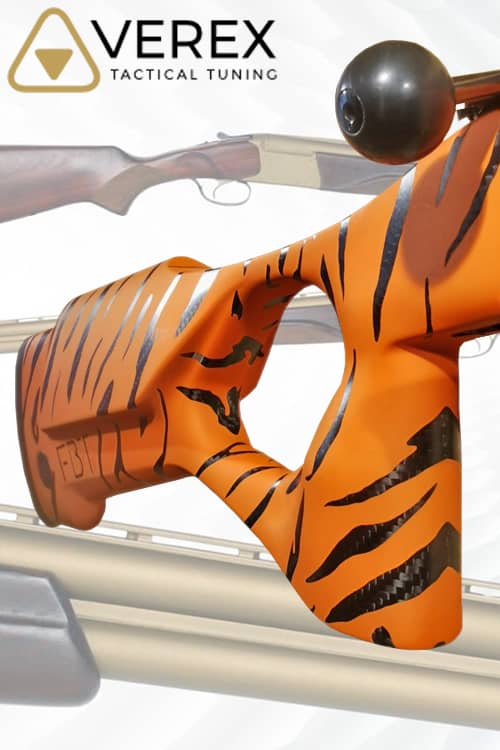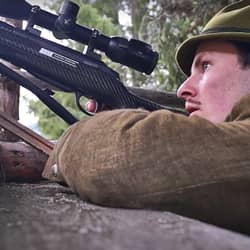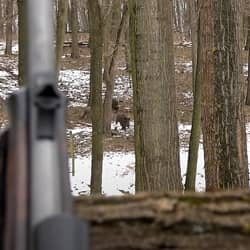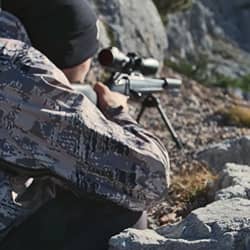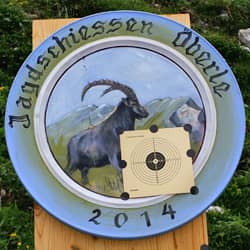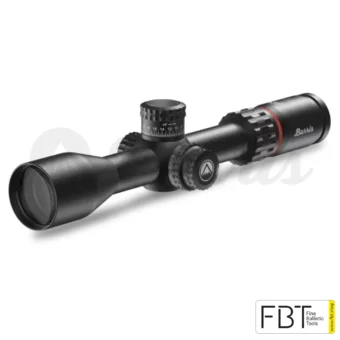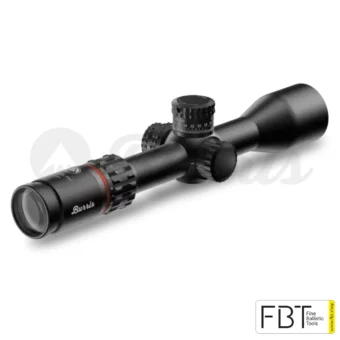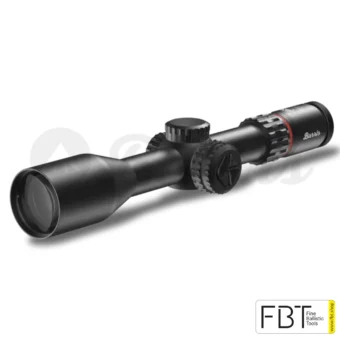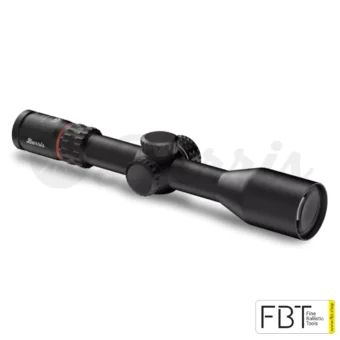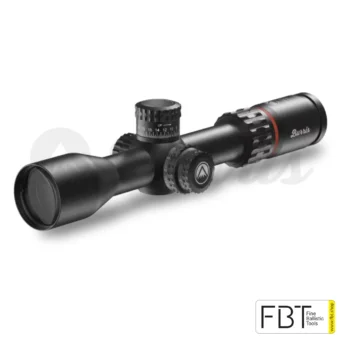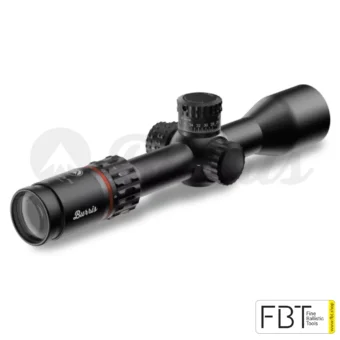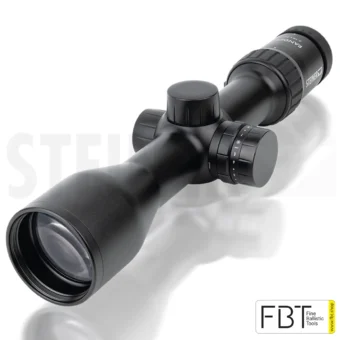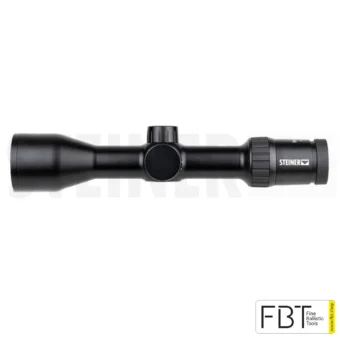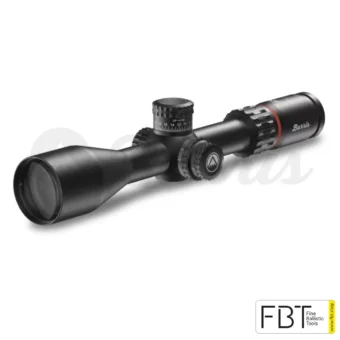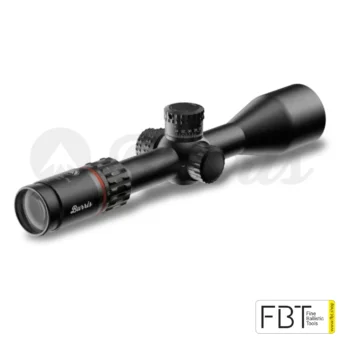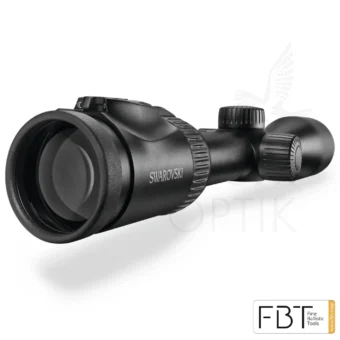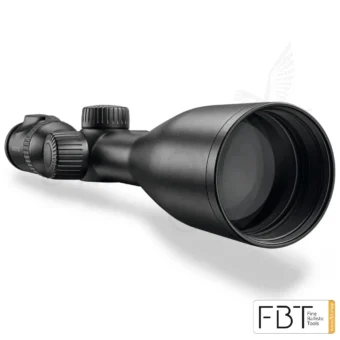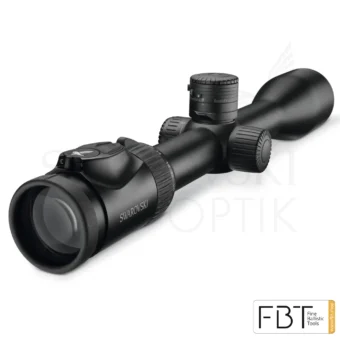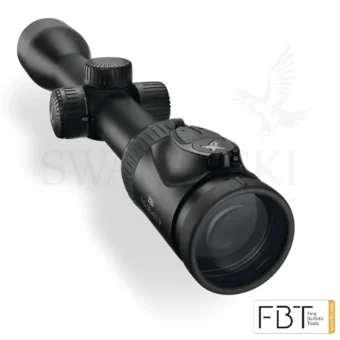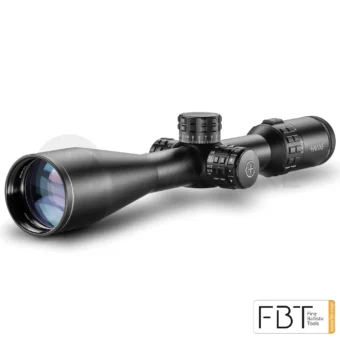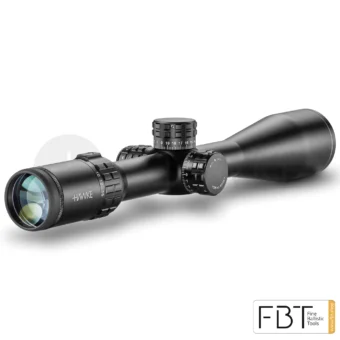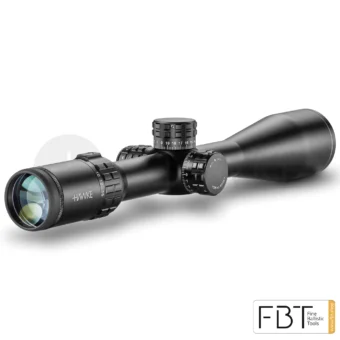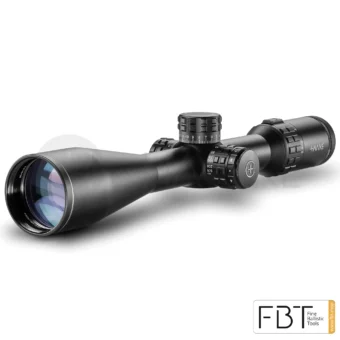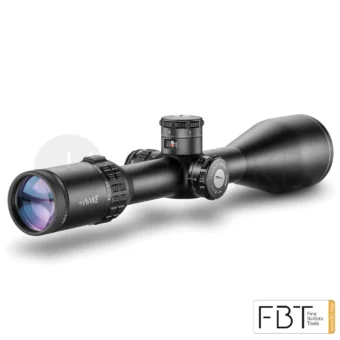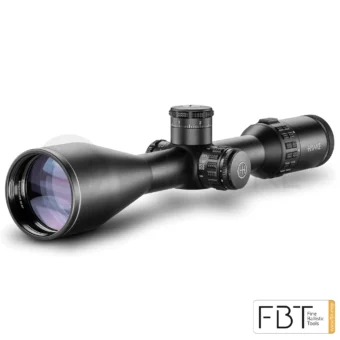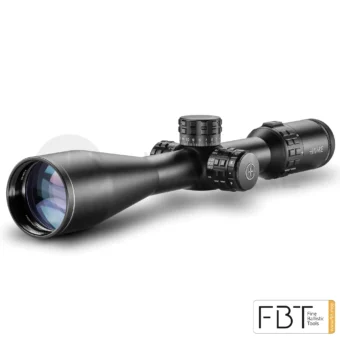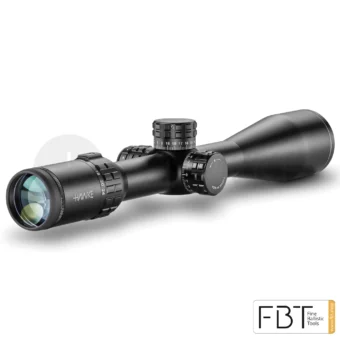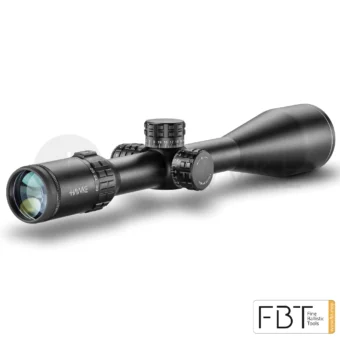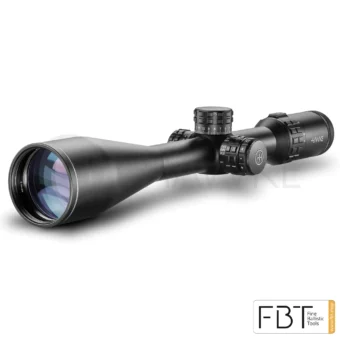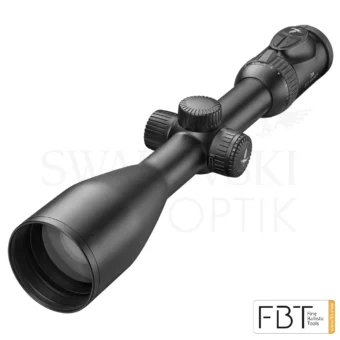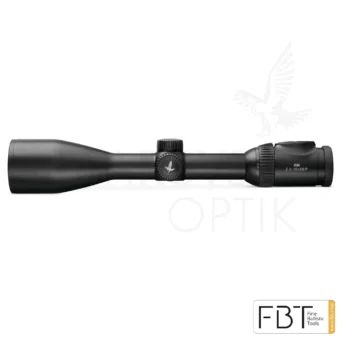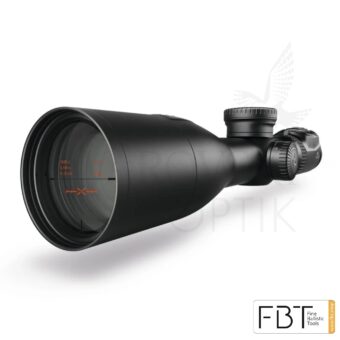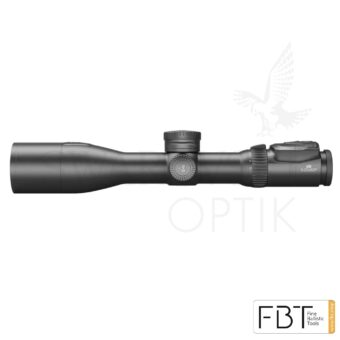Many manufacturers subdivide the various Scope lines basically into a Moderate and a premium class of optical sights. A more favourable Glass for the less affluent customer and the expensive for the financially strong customer. In a broader sense, this leads to brand management perspective often leads to a kind of "club compulsion" and many are saving up for a premium product and have to make sacrifices on other very important issues such as the ZF assembly save (a big mistake).
What generally makes a good riflescope for hide hunting?
- The riflescope lenses:- The quality of the coating (=anti-reflective coating) and the lenses- The light transmission (=brightness in the field of view) between 95 and 97%- The edge sharpness (=image at the edge of the field of view)- The ability to adjust the sharpness of the lenses (parallax adjustment)
- The riflescope reticle:- With and without illumination (helps in twilight)
- The scope adjustment:-Left-right and elevation adjustment not too coarse- Repeat accuracy must be given- Robustness against shock and shots- Quick and easy
The ideal riflescope for hide hunting
Leg of the Stand hunting it certainly plays a major role in which Hunting ground is gone. Can I go to drive close to the hide or is it a 1 hour walk? ahead - possibly with steep passages. In flat terrain, with good access and with the Game species Wild boar play Weight and dimensions does not play a major role.
Here, the ZF is intended to be versatile, a Large field of vision and in the Twilight its strength prove it. A 56 mm lens and larger is certainly the right choice here. A variable magnification is certainly also recommended, as shots at close and long distances are to be expected. However, as soon as longer walks are an issue, a lens no larger than 50 mm should be used due to the weight.
When it comes to weight, all manufacturers now rely on Lightweight materials are used. The days of heavy steel housings etc. are over. Only large glass lenses increase the weight and dimensions - which brings us back to the subject.
When hunting from a hide, 56 mm lenses are generally recommended. High twilight performance and a large field of view offer many advantages.
With the Hunting from a hide is advisable, a variable riflescope with an objective lens diameter of at least 50 mm. The zoom factor is left to personal preference. For one hunter, 1-4x is enough. Another hunter wants to go up to 6x magnification (5-30x) to increase the range of application.IF comparison and suitability according to lens diameter
| Luminous intensity |
Lens diameter |
Utilisation |
| low |
25 mm |
ZF for driven hunts |
| Medium to high |
42 mm, 50 mm |
All-round ZF Ideal until (late) dusk, stalking, mountain hunting |
| Very high |
56 mm, 60 mm |
Heavier night glasses for hide hunting |
ZV comparison and suitability after enlargement
| Magnification: |
small |
| 1-6x |
Ideal for stalking and driven hunts - shots at short distances |
| Magnification |
medium |
| up to 15x |
Ideal for many hunting applications such as hide hunting, stalking and mountain hunting |
| Magnification |
high |
| up to 30x |
Riflescope for sports and long-range shots in the mountains, use as a replacement for a spotting scope |
